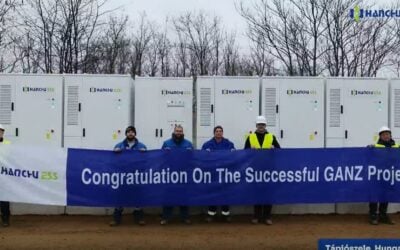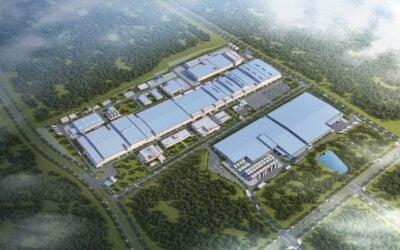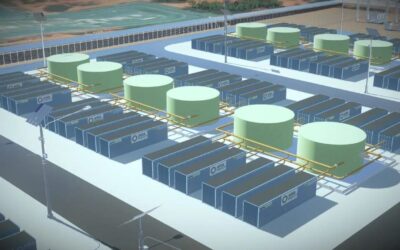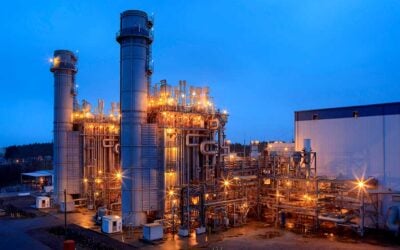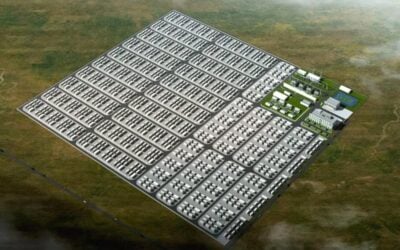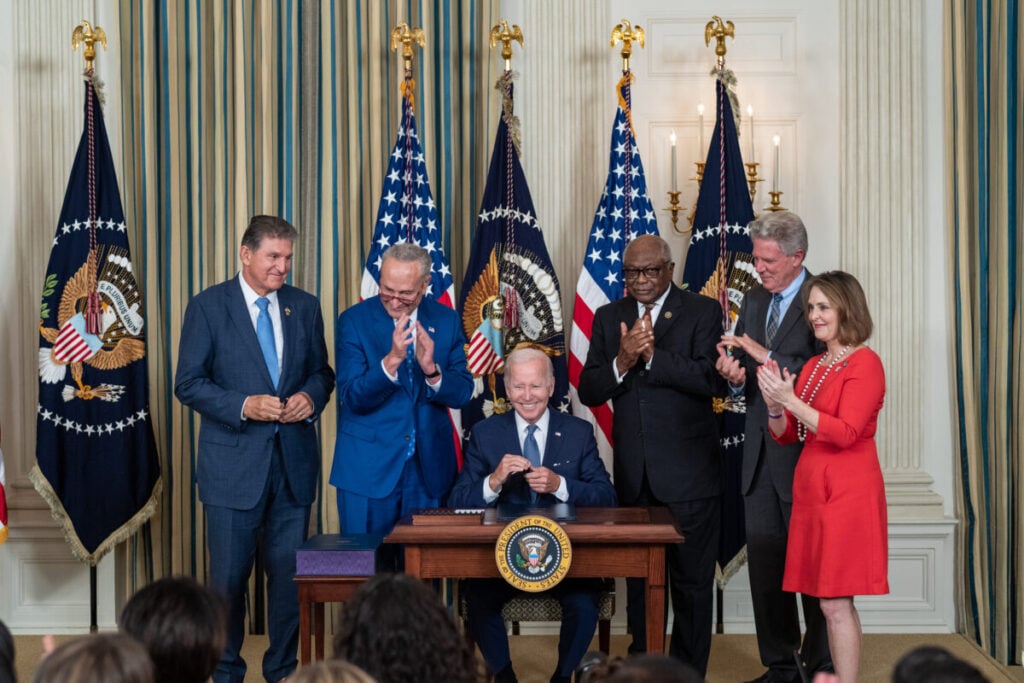
US solar PV and energy storage markets could see a “last-minute rush” followed by plummeting installation numbers if tax credits are cut.
That’s according to BloombergNEF (BNEF), which recently analysed the US market outlook for energy storage if the so-called ‘One, Big, Beautiful Bill’ passes into law in its current form and results in a repeal of tax credits, incentives which can reduce Capex costs of projects by 30%, or more, if certain levels of domestically produced content are used.
“Overall, in solar and energy storage, we are expecting a last-minute rush to secure the tax credit, and then after that, especially in 2029, basically the first year when the tax credits won’t be available, installations plummet,” BNEF analyst Isshu Kikuma told Energy-Storage.news in an interview.
The tax reconciliation bill narrowly passed through the House of Representatives by a 215-214 vote in late May. It is now in the Senate, where it will either be passed as is or undergo amendments and modifications before being signed into law by President Donald Trump.
Try Premium for just $1
- Full premium access for the first month at only $1
- Converts to an annual rate after 30 days unless cancelled
- Cancel anytime during the trial period
Premium Benefits
- Expert industry analysis and interviews
- Digital access to PV Tech Power journal
- Exclusive event discounts
Or get the full Premium subscription right away
Or continue reading this article for free
As Isshu Kikuma noted, the version that emerged from the Lower House of Congress was very different from the one proposed by the House Ways & Means Committee that entered it.
The prior bill had called for, among many things, a much faster and sharper phaseout of the tax credits than that signed into law with the Inflation Reduction Act (IRA) during the Biden-Harris administration. The new bill not only cuts that timeline even shorter but also places new restrictions on eligibility.
Fast-approaching deadlines and foreign entity of concern restrictions
“There are some notable changes in the ‘One Big, Beautiful Bill’ from the original bill to the one that passed the Lower House,” Kikuma said.
“The first one is the 60-day requirement. A project that wants to secure tax credits needs to start construction within 60 days of the bill’s passage. Since we are expecting the bill to pass both houses around August, that means that by around the end of October, the project needs to start construction. Then those projects also need to be operational by the end of 2028.”
There are a “lot of activities” that will need to take place between 2026 and 2028 for projects to become operational and qualify for tax credits, which will be a challenge. One workaround, if it could be called that, is that projects could be designated as ‘in construction’ if 5% of the project Capex is spent by the due date, although that too requires a lot to be in place between now and 60 days after the bill passes, the analyst said.
“The other important point is the foreign entity of concern (FEOC) restriction. One part is basically about getting the material system from those FEOCs, or more correctly, prohibited foreign entities like China, Russia, Iran and North Korea. Basically, any project using components, sub-components, materials or intellectual property [from those countries] won’t be able to qualify for tax credits,” which means they need to begin construction before the end of this year, he said.
Kikuma said, however, that BNEF views the requirements to get projects into construction within 60 days of the bill passing and into operation before 2029 to be “more strict” in their impact than the FEOC restrictions.
“Regardless of which equipment you use, you need to meet this requirement first. So, in that sense, this restriction on FEOCs, or profit prohibited foreign entities, are not that important to secure the tax credits, because, again, you have to meet the requirement by the end of October or so, or within 60 days [of the bill passing] anyway,” Kikuma said.
Meanwhile, the restriction on material assistance from FEOCs will damage the US domestic battery manufacturing industry as well, the analyst notes.
“If we look at many of the battery production plants in the US, they are still importing lithium iron phosphate (LFP), which is the cathode material. Those plants also import graphite from China, which is the anode material. All the battery storage projects using domestically produced batteries won’t be able to qualify for the tax credits. So, I feel like it doesn’t benefit anyone in that sense.”
These new conditions would apply to projects hoping to qualify for the 45Y production tax credit (PTC) and 48E investment tax credit (ITC), which had driven the already rapidly growing solar PV and battery storage industries to greater heights.
Bipartisan support for IRA had been expected
Until the House Ways & Means Committee proposed the expedited end of clean energy tax credits, the industry’s biggest immediate policy concern had likely been import tariffs.
Whereas a common belief among clean energy industry participants and advocates had been that so much of the investment driven by the IRA had been in Republican-voting states, woven into the design of the Act, that its bipartisan nature would keep it and the manufacturing support driven by the aptly named Bipartisan Infrastructure Law relatively safe.
Clean energy deployments have seen a significant uptick in Red States (states that vote Republican), but this is even more acutely the case for battery and energy storage equipment manufacturing plants. With the budget reconciliation process open only to Republicans via the US legislative framework, hope now rests with Republican Senators, some of whom have spoken up to defend tax credits and other clean energy support.
“A lot of people are using that [the job creation and investment aspects] to oppose the IRA repeal, because these investments are typically happening in Red States. Those are the states that are basically benefitting from the IRA, but this bill killed those ideas,” Kikuma said.
Tariffs remain a primary concern, and BNEF’s analysis of tariff scenarios—especially those pertaining to the imports from China on which the US energy storage industry still relies—will be in focus in the full interview with Isshu Kikuma, which will soon be published in full for ESN Premium subscribers.

